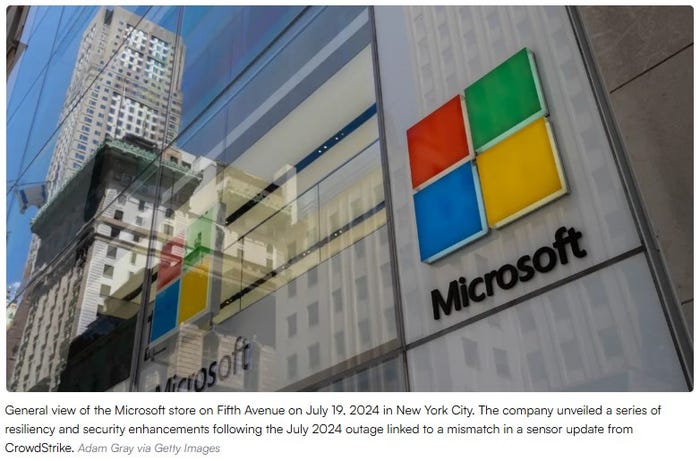Doctor cites EMS experience at Columbine in need for common radio frequencies
Speaking about the shootings that took place on April 20, 1999, at Columbine High School in Jefferson County, Colo., near the city of Littleton, Christopher
July 12, 2002
Speaking about the shootings that took place on April 20, 1999, at Columbine High School in Jefferson County, Colo., near the city of Littleton, Christopher B. Colwell, M.D., said that emergency medical service providers were among those whose efforts were hampered by inadequate radio communications.
“Different agencies were on different frequencies. This needs to be something you think about now,” he was quoted by the Worcester Telegram & Gazette as saying to a group of 150 emergency medical service providers in Putnam, Conn., who gathered in early June for an annual recognition dinner. Most of Colwell’s comments had to do with medical steps for handling mass casualties and disasters.
Colwell expressed the need to limit radio communications to passing crucial information. He said that radio communications provide an important link because cellphones so quickly become overloaded with calls during a disaster.
Colwell serves as attending physician and medical director at the Emergency Department in the Denver Health Medical Center (formerly Denver General Hospital). He also is medical director of the Denver Fire Department and the Denver Health Paramedic Division of the Denver Health and Hospital Authority.
A description of communications problems issued by the Jefferson County Sheriff’s Office said that it was inevitable that the 46 agencies responding to the emergency would be using radio channels in various frequency bands.
The primary response agencies, the Jefferson County Sheriff’s Office and the Littleton Fire Department, operated on VHF, as did the Colorado State Patrol. The Denver and Lakewood Police Departments and the West Metro Fire Protection District used 800 MHz EDACS systems. The Arapahoe County Sheriff’s Office and Littleton Police Department used an analog 800 MHz system, and the Douglas County Sheriff’s Office used a digital 800 MHz trunked system.
The Denver Health Paramedic Division and the Denver Fire Department share the same 800 MHz EDACS system with the Denver Police Department.
“With such varying systems being used, not only were agencies prevented from communicating directly with each other, but groups with similar functions also could not communicate via radio. Ideally, groups with the same responsibility, such as the various SWAT teams or those officers setting up inner or outer perimeters, would have their own channel to use in order to report and obtain vital information about their particular area,” the Jefferson County Sheriff’s Office report stated.
The report said that if all agencies had been using the same radio system, a central, or command, channel could have been established by the lead agency as the single point to which all agencies could report. At Columbine, so many agencies used a variety of radio channels and systems that a common command channel could not be established.
But the report said that the inability to establish a common channel for all responders to use during at Columbine had a positive side.
“The use of a single radio channel would not have fixed all of the problems. The number of radios in use during the incident would have created an immediate bottleneck if all agencies had attempted to use a single channel. Keeping communications separate between law enforcement, fire and emergency responders helped to minimize the confusion and overload that would have occurred on one single channel,” the report said.
The report said that without a common command channel, each agency had to communicate independently, or attempt to use one of the normal mutual aid channels such as ITAC (International Tactical Channel), CLEER (Colorado Law Enforcement Emergency Radio), NLEEC (National Law Enforcement Emergency Channel) or FERN (Fire Emergency Radio Network).
As a result, each agency communicated predominantly with its own dispatch center. Communications between agencies often had to be relayed through their dispatch center, or through an agency representative at the incident command post.
“This emergency procedure to communicate vital information was established out of necessity and, although somewhat cumbersome, the approach worked. The fact that numerous separate agencies did not have common radio channels did not hinder their ability to respond,” the report said.



